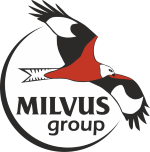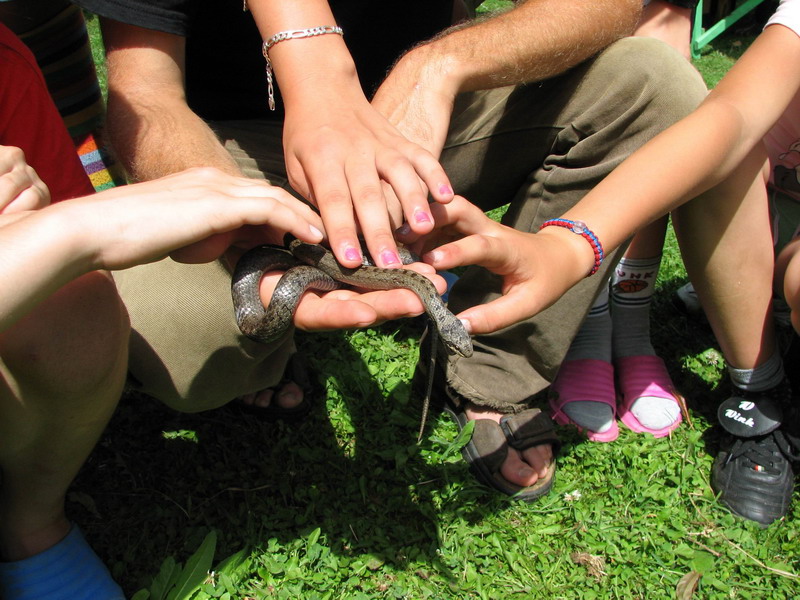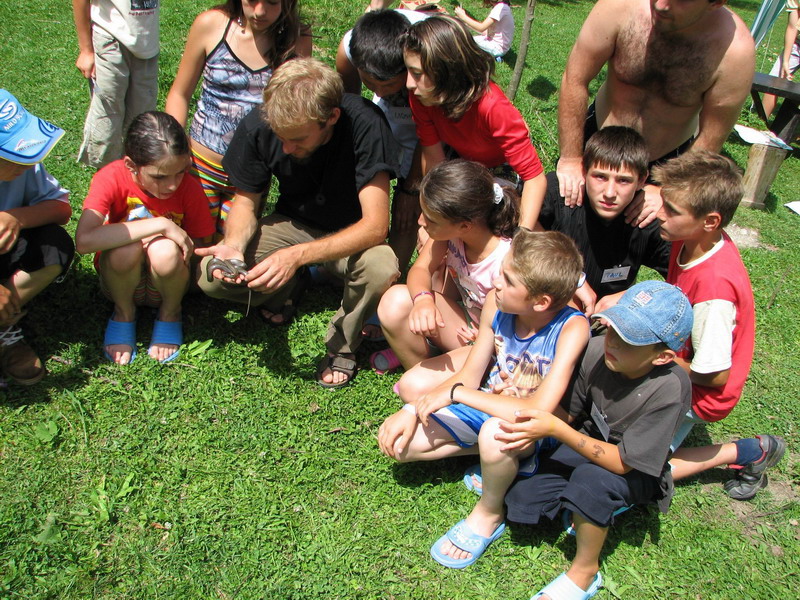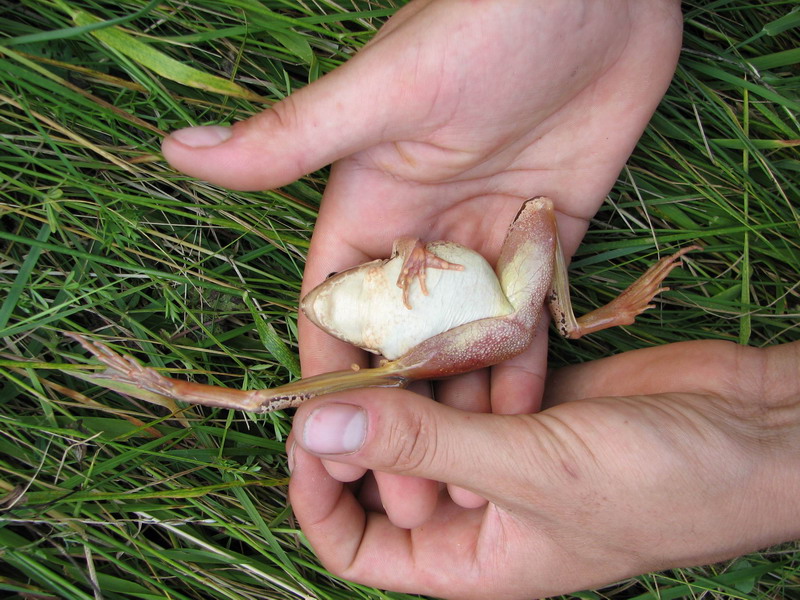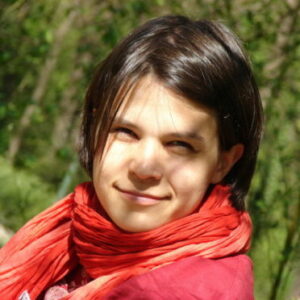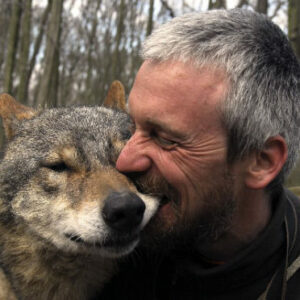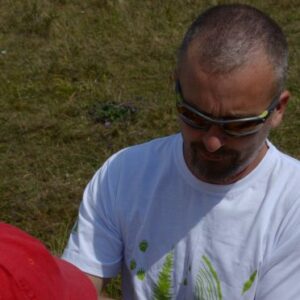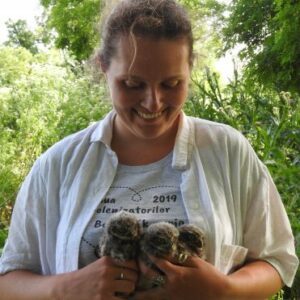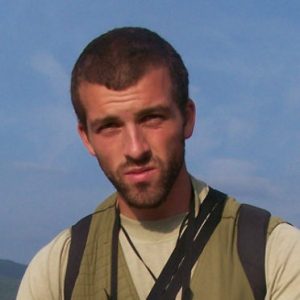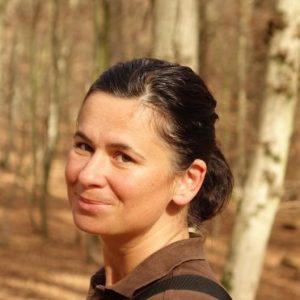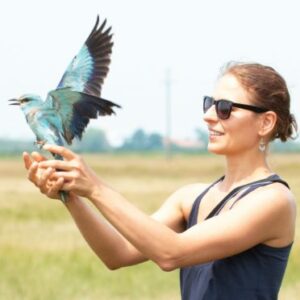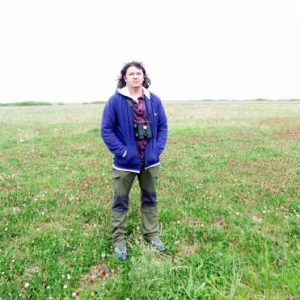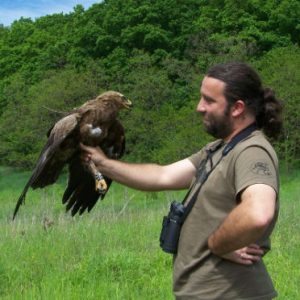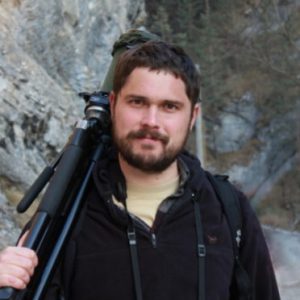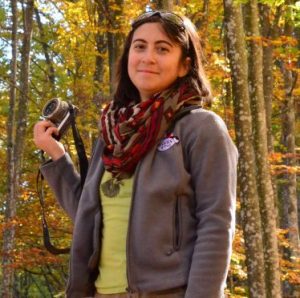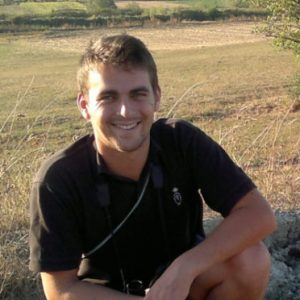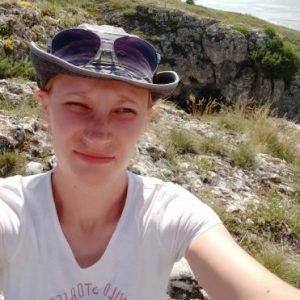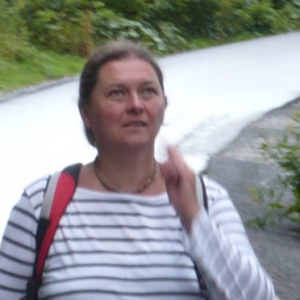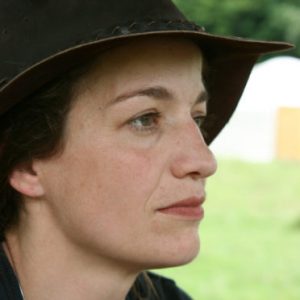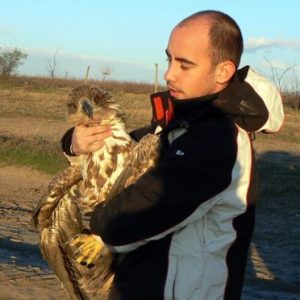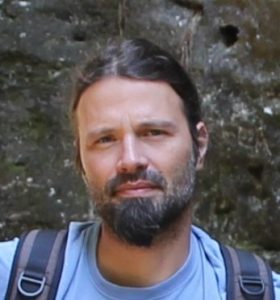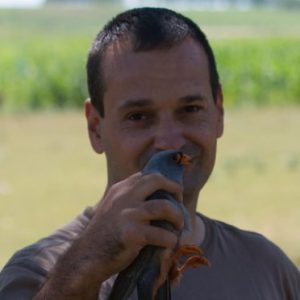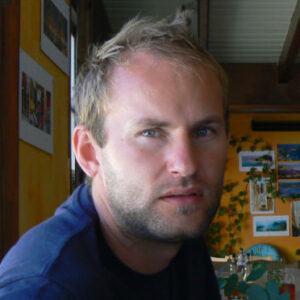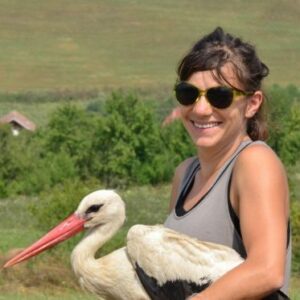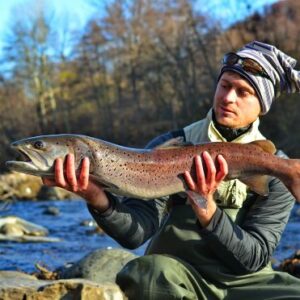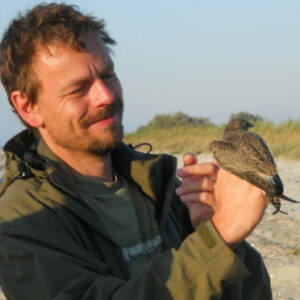In the spring of 2006, The Amphibian and Reptile Conservation Working Group of the Milvus Group together with the Apuseni Mountain Club (hereafter called CMA) from Cluj Napoca, started a collaboration regarding the evaluation, protection and conservation of herpetofauna from natural reserves which are in the custody of CMA. Another important aspect of the collaboration is to raise the awareness for the herpetofauna among the school groups and students who participate at the nature education activities organized by the CMA in the frame of the Ecodidactica project.
The project is financed by the Manfred Hermsen Stiftung from Bremen, Germany, has started in October 2005 and will be finalized in December 2006 and propose to use natural reserves from CMA custody in special, and generally the nature, as classroom for active on-the-ground environmental education for the youth. The purpose of the project is the development and the implementation of methods for education and awareness on the nature protection and conservation, through environmental sound camps and excursions for the school groups and students from the Alba, Cluj and Sibiu counties. The project is implemented in the central part of the Trascau Mountain in the natural reserves from the Rîmet area. Local community is active involved in the project implementation.
Therefore, on 20 th of June and 20 th of July 2006, at the CMA’s Ecological Surveillance Centre, from Cheia village (Alba county), near Rîmet Gorges, were organized herpetological presentations for the schoolchildren from Cluj Napoca, Teius, Bucuresti, Sibiu, Toplita, Rîmet, Ponor who participated at the camps in that periods. Previously CMA’s members, during other activities of the camps, brought in the children attention local herpetofauna specimens. Educational activities about herpetofauna started by narrative description of the amphibians and reptiles forms, followed by the presentation of specimens pictures together with explanation of ecology of species from Trascau Mountain area, but also of another interesting species from Romania .
Children had the opportunity to admire turtles, lizards and snakes frayed skins, Spur-thighed Tortoise shell (Testudo graeca), Florida ‘s Turtle eggs (Trachemys scripta elegans), and even a preserved specimen of Slow Worm (Anguis fragilis). Also was presented the way of use of some specific herpetological tools. In the first camp the children became friends with a young specimen of Common F rog (Rana temporaria) and in the second camp with a Sand Lizard (Lacerta agilis) and with a Smooth Snake (Coronella austriaca), captured only for the presentation and released by the children after. Smooth S nake was injured with bad intentions by some tourists, but it recovered until the evening. A special attention was paid to demolish the myths that often led to on purpose killing of herpetofauna, which could be explained only by teribilism, ignorance and lack of information. In this way the children learned that the salamanders (Salamandra salamandra) is not dangerous for the people, that the Common Toad (Bufo bufo) don’t transmit scabies, that the snakes don’t milk the cows, that the vipers don’t follow or jump on the people, etc.
The children find out how to avoid encountering with the vipers in the areas populated by these snakes and the first actions for the first aid in case of the vipers bites. Some of the important advices were: to walk in groups as much as possible because in this way exists more chances that the vipers feel the stepping vibrations and hide themselves; when you go in places with vipers use boots and gaiters or long pants made of strong fabric; pay special attention to the place where you want to sit or to the place from where you collect the fire woods or the mushrooms. If you will encounter a snake, admire it from distance, but do not play with snakes!
Part of the collaboration with CMA is intended to be developed a booklet about herpetofauna specimens from Trascau Mountains area together with other relevant herpetological information. Will be developed a field note book, which will include the determination key for the amphibians and reptiles specimens, which easily could be used by the children.
If you are interested in this type of presentations and activities on the herpetology theme, we suggest to contact The Amphibians and Reptiles Protection Working Group of the Milvus Group, contact person Tibor Sos (glpar05(at)gmail.com or tibor.sos(at)gmail.com)!
